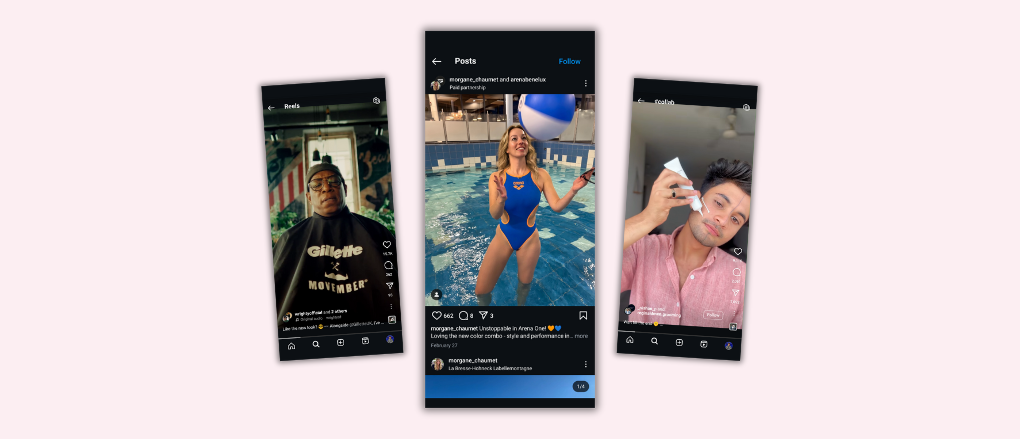How Nik & Noah’s Used Minta to Generate 1.5 Million Pinterest Impressions Per Month

Nik & Noah’s Boytique, a beloved children’s clothing brand based in Northern California, has a history dating back to its solo founder, Lindsay Hill, in 2012. Starting with hand-made clothes on Etsy, the brand has expanded its reach, now selling products through various channels including its Shopify store, Etsy, Amazon, and even in-store at Walmart.
The opportunity: Drive free organic traffic from Pinterest
With the launch of their Etsy store, Nik & Noah’s Boytique sought to leverage Pinterest as a platform to drive free organic traffic.
Their primary goal was to compare the effectiveness of organic video pins versus static image pins in driving impressions and clicks to their newly established Etsy store, without any ad spend.
“Our main goal was to test and see if organic video pins or static image pins received more impressions and clicks to our Etsy store without any ad spend.” says founder Lindsay.
“This would allow us to focus our efforts on creating the right type of content, and maximize the volume of free traffic to our product pages,” adds Lindsay
The strategy: Test static pins vs Minta’s videos
Nik & Noah’s Boytique selected three different products from their inventory. These items spanned three seasonal shopping events - an Easter outfit, a St. Patrick’s Day outfit, and a birthday-themed outfit.
They created duplicate listings of each product, with one featuring a Minta product video and the other without.
Using Minta, Nik & Noah crafted engaging product videos showcasing a St. Patrick’s Day outfit, a Mr. ‘Onederful’ first birthday outfit, and an Easter outfit. Additional static product images were added to complement Mint’s video on each product page.
Nik & Noah’s Boytique uploaded the six pins (three videos and three images) to a dedicated Pinterest board and monitored their performance over a two-week period.
The Results: Up to 4,559% more reach & clicks
During the two-week testing phase, the Minta-generated pins massively outperformed the static image pins across all 3 products.
Minta’s video pins generated a combined 15,981 organic impressions for free. The static image pins generated just 343 total impressions.

Minta’s best-performing video pin generated 10,021 impressions compared to just 165 impressions for its static image counterpart. This performance suggests that video pins are over forty-five times (4,559%) more effective than static image pins.
In terms of clicks, Minta’s Ai generated video pins also outperformed static image pins. The three video pins in this test drove 114 clicks to Nik & Noah’s product pages. In comparison, the image pins drove zero clicks.

While 114 clicks may not seem like a huge amount to many eCommerce stores, it’s important to remember that the test only included 3 ai-generated videos. Extrapolating these results across a product catalog of 300 products would drive an estimated 10,114 clicks over a two week period.

Assuming an average conversion rate of 2.5%, this Pinterest traffic would equate to 404 additional sales per month generated with almost zero acquisition cost, and very little time commitment.

Nik & Noah’s Boytique took the results of this test and applied it to their organic marketing strategy. By using Minta’s automation Nik & Noah grew their monthly Pinterest monthly impressions to an impressive 1.5 million, resulting in significant sales growth.
Key Takeaways for Retailers
So, what can we learn from Nik & Noah’s experiment?
- Pinterest represents a useful organic marketing channel that can drive impressions & clicks to your eCommerce site
- Dynamic video pins drive significantly more impressions and clicks to your site when compared to static image pins.
- Leverage Pinterest as a Search Engine: Pin every product from your store, and utilize Minta’s automated video creation to showcase your inventory effectively.
- Optimize Pin Titles and Descriptions: Incorporate keyword-rich titles and descriptions to enhance visibility and convey product relevance.
- Include Order Links in Pins: Ensure pins direct users to order links, maintaining a seamless shopping experience and preventing potential errors.




.png)
